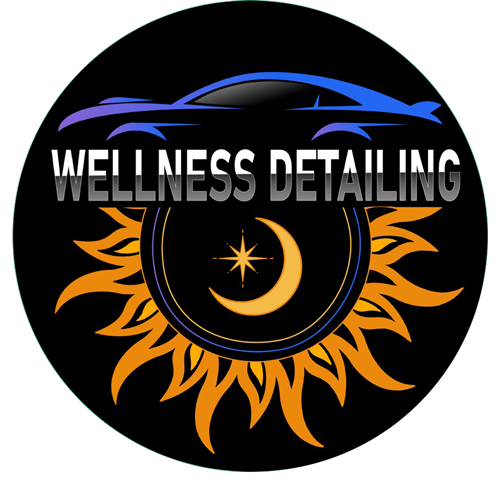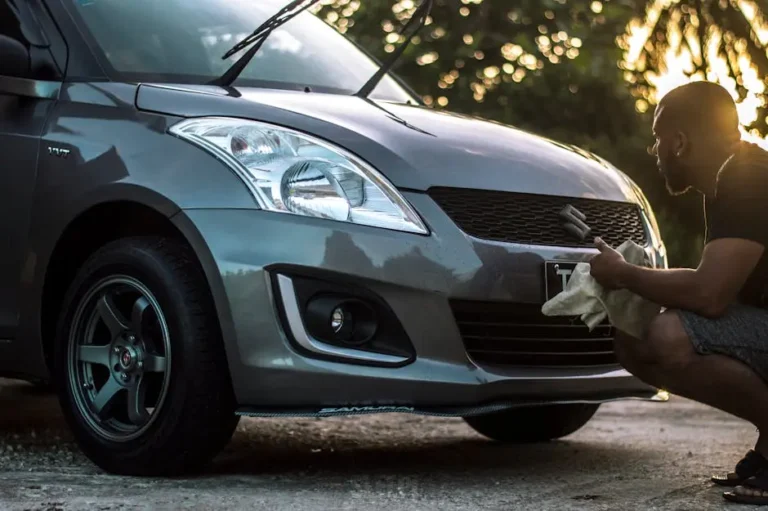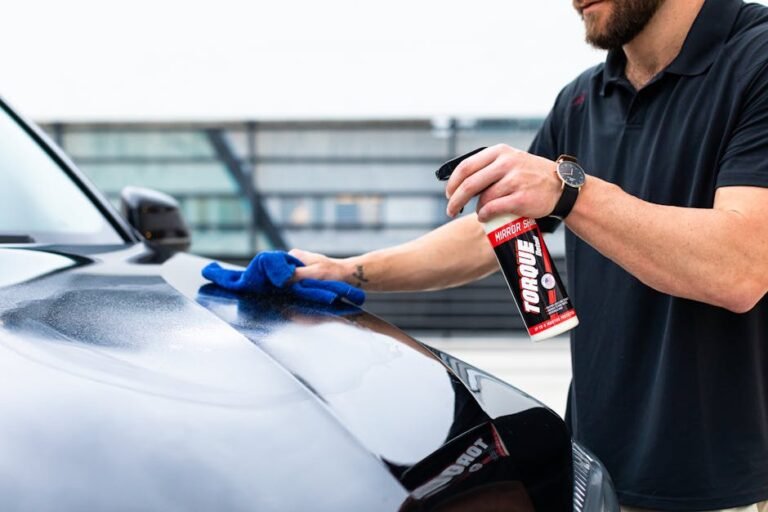Can Wax Services Help Protect My Car’s Paint?
Maintaining your car’s appearance is crucial for both its longevity and resale value. Wax services are often touted as a must-have for protecting your car’s paint. But do they really work? In this FAQ blog, we’ll explore whether wax services can truly safeguard your car’s exterior, how they work, and what options are available.
What Are Wax Services?
Wax services involve applying a layer of wax to the car’s exterior to enhance shine and protect the paintwork. They are offered by many auto detailing shops and can be a part of routine car maintenance. Waxing is more than just a beauty routine for your vehicle; it is a fundamental step in preserving the paint’s integrity and extending its lifespan.
At its core, waxing provides a thin, protective layer that serves as a barrier between the paint and the elements. This layer can prevent damage from ultraviolet (UV) rays, rain, road debris, and bird droppings. Regular application of wax can keep your car looking newer for longer, as well as protect its paint from minor scratches and fading. Not only does this result in an aesthetically pleasing appearance, but it also enhances your car’s resale value.
For those considering waxing as part of their car care routine, understanding the differences between wax types is crucial. Typically, waxes come in natural and synthetic forms, with carnauba wax being the most popular natural choice due to its deep, warm shine. Synthetic waxes, on the other hand, offer longer protection and greater resistance to harsh weather conditions.
How Do Wax Services Protect Car Paint?
The wax forms a protective layer over the car’s paint, shielding it from harmful UV rays, moisture, and contaminants like bird droppings or road grime, which can damage the paint over time. This layer acts much like sunscreen for your vehicle, providing critical protection against elements that can deteriorate the paint and cause costly repairs down the line.
Moreover, wax creates a hydrophobic layer on the vehicle, repelling water and preventing it from sitting on the surface and causing rust or corrosion. The slippery surface also makes it harder for dirt and grime to adhere, meaning your car stays cleaner for longer periods, reducing the frequency and severity of washes needed.
In addition to protective benefits, waxing can enhance the gloss and depth of your car’s paint. This is particularly beneficial for older cars where the paint has begun to lose its luster. By filling in minor scratches and imperfections, wax gives an even and shiny finish, making it a cost-effective way to maintain a like-new appearance.
Are All Wax Services the Same?
Not all waxes are created equal. There are synthetic and natural waxes, each offering different levels of protection and shine. Selecting the right type depends on your car’s specific needs and your personal preference.
Choosing between polish and wax can depend on your vehicle’s needs and the condition of the paint. Car polish and wax serve different purposes in vehicle maintenance. Unlike wax, car polish contains abrasives; it’s designed to remove minor scratches and imperfection, essentially resurfacing the paint layer for a smoother finish.
After polishing, applying wax is crucial as it locks in the work done by the polish. This creates a gleaming finish while adding an additional layer of protection against external contaminants. While polish should be used sparingly, wax can be applied more frequently; usually every three months, depending on environmental conditions and usage.
For vehicle owners, this combination of polish and wax offers a holistic approach to paint protection and maintenance, enhancing not only the car’s appearance but also its performance and resale value. Getting professional wax services ensures correct application techniques and maximizes the benefits.
How Often Should You Wax Your Car?
Cars should typically be waxed every three to four months, but this can vary based on factors like climate, driving frequency, and whether the car is stored indoors or outdoors. Regular waxing ensures that the protective layer is consistent and effective.
In regions with harsh sunlight or salty sea air, cars may need more frequent waxing to combat accelerated paint degradation caused by these conditions. Likewise, in areas with frequent rain and humidity, the protective waterproof layer provided by wax is essential to prevent rust development.
By establishing a consistent waxing schedule, you’re not only maintaining the vehicle’s visual appeal but also prolonging the lifespan of its paintwork—a critical factor in maintaining its overall investment value. Regular inspections can help determine if the wax layer is still intact or if it requires renewal.
Ultimately, the decision to wax should be based on both visual inspection and the feel of the car’s paint. If water no longer beads on the car’s surface, it’s likely time for another waxing session.
DIY or Professional Wax Services?
While waxing your car yourself can be cost-effective, professional wax services tend to be more thorough and can offer longer-lasting protection due to expert application and higher-quality materials.
DIY waxing requires specific tools and knowledge to avoid damaging the paint. However, there’s a greater risk of uneven coverage, which can lead to unprotected patches and an inconsistent finish. Investing in the right tools and learning proper techniques is vital if you choose to wax your car yourself.
Professional wax services provide an edge in product quality and expertise. Trained technicians can analyze the paint’s condition and apply the appropriate type of wax, whether natural or synthetic, for optimal protection and shine. These services can include a comprehensive washing and detailing process that enhances overall vehicle maintenance.
Opting for professional exterior detailing services can also safeguard against the risks associated with improper DIY wax applications. Professionals ensure that every nook and cranny is meticulously attended to, using premium products for a finish that lasts longer and looks better than most home applications.
Final Thoughts on Wax Services
In conclusion, wax services can indeed provide significant protection for your car’s paint. By forming a protective barrier against environmental pollutants and enhancing the vehicle’s appearance, regular waxing can be an essential part of your car maintenance routine. However, it’s important to choose the right type of wax service for your needs and maintain the waxing schedule for optimal results.










